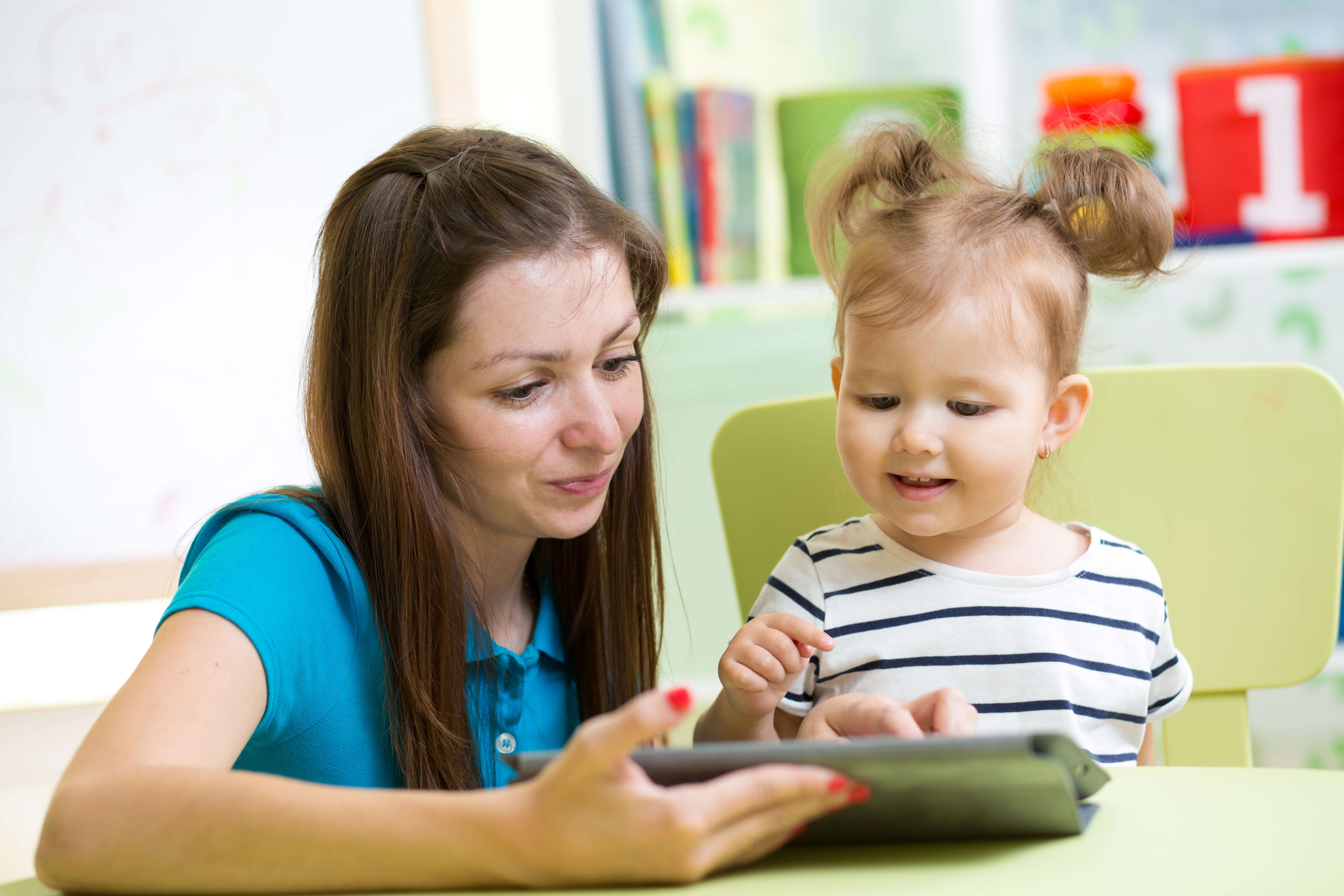Editor’s Note: The following originally appeared on Psychology Today, where Board of Trustees Distinguished Professor Sandra Chafouleas launched a new blog earlier this summer.
Strategies for Supporting Your Kids’ Social, Emotional, and Behavioral Learning
I recently read a post from a frustrated parent who attended a back-to-school virtual meeting. The parent wanted practical steps on preparing for school, but instead received a lot of information about mindfulness and social-emotional health. The school perhaps missed an opportunity here to engage families in why social, emotional, and behavioral health is so important, and how it is critical for schools and families to partner as we head into fall.
In my area of research, we use a “backpack” metaphor: To be ready to learn, students need backpacks full of tools like pencils and notebooks – but also tools that support how they interact (social), feel (emotional), and act (behavioral). A fully stocked social, emotional, and behavioral backpack helps ready them for whatever may come their way, skills that are critical for managing today’s ever-changing education environment.
Choice and control are critical to emotional safety – you can’t control the outcome, such as whether school will be remote or in-person, but can work to control your reaction. This is a vital lesson we can teach our kids.
How well we – and our kids – cope with challenges currently facing us depends in large part on our behaviors (what we do) and our emotions (how we feel). Our behaviors influence our emotions, and our emotions influence our behaviors; together, they shape how we interact with others as well as how effectively we can learn new things and complete expected tasks. Given the added stressors brought on by the current climate, many schools are putting a great deal of effort into sharing insights about how we can support positive emotions and behaviors in our children.
Families are critical partners in supporting kids’ social, emotional, and behavioral health, and including your child’s voice in the conversation is key. Choice and control are critical to emotional safety – you can’t control the outcome, such as whether school will be remote or in-person, but can work to control your reaction. This is a vital lesson we can teach our kids.
As the school year begins, consider using these four questions to talk with your child as you work together to fill their social, emotional, and behavioral backpack for success.
1. How can we set up our best daily routine for this fall?
Keeping routines as regular and predictable is important to managing emotions. Invite your child to choose from different activity blocks – for example, movement time, together time, learning/work time, personal time, play time, and sleep time. To create predictability, set the expectation that all of these blocks will occur each day, but keep in mind that the arrangement of these blocks can be flexible based on the daily schedule, such as in-person or remote schooling. Make sure to include “bookends” for each day to provide “check-in” and “check-out” times for positive affirmations, validation of feelings, review of expectations, and debriefing on went well or what could have been done differently. If your child is heading to an in-person environment, check out the new CDC back-to-school checklist for other ideas you can add into your routine.
2. How will we know if our routine is working?
As adults, we mentally track our daily activities, from hours spent working or exercising to our food choices. Make a list of behaviors related to your child’s routine – such as schoolwork completed and physical activity – to help your child build understanding of what behaviors are expected of them, and why. Include your child in the conversation about which behaviors and emotions should be on the list. Emotions are just as critical to include; doing so can help explain why behavior expectations were or were not met, and provides insight into which aspects of the routine might need to be adapted. Learning how to define, understand, and express emotions is important to well-being, and families play a critical role in social-emotional learning.
3. When we need to get our feelings back on track, what should we do?
Setting routines and learning how to manage behaviors and emotions will not work all of the time. Have a back-up plan for times when negative emotions take control or your child is having a hard time completing the expected behaviors. Together, you might define how to signal when things seem out of control. The signal might be as simple as a verbal code, hand signal, or a written note. Together, you can also come up with a list of enjoyable behaviors to try when they are not feeling quite right. Your emotion reset list might include calling a friend or family member, playing with a pet, running around the block, or sharing a snack.
4. What else do to we need to think about to be ready for our best fall?
Work hard on keeping the conversation channels open. Having a trusted and caring adult is critical for every child. Listen to them without judgment and affirm how much this situation stinks. Ask what you can do to support how they are relating, feeling, and acting. Consider building this question into the daily routine, perhaps during that evening “check-out” time that provides a chance to connect one-on-one about how they are feeling, what went well that day, and what might be done differently next time.



